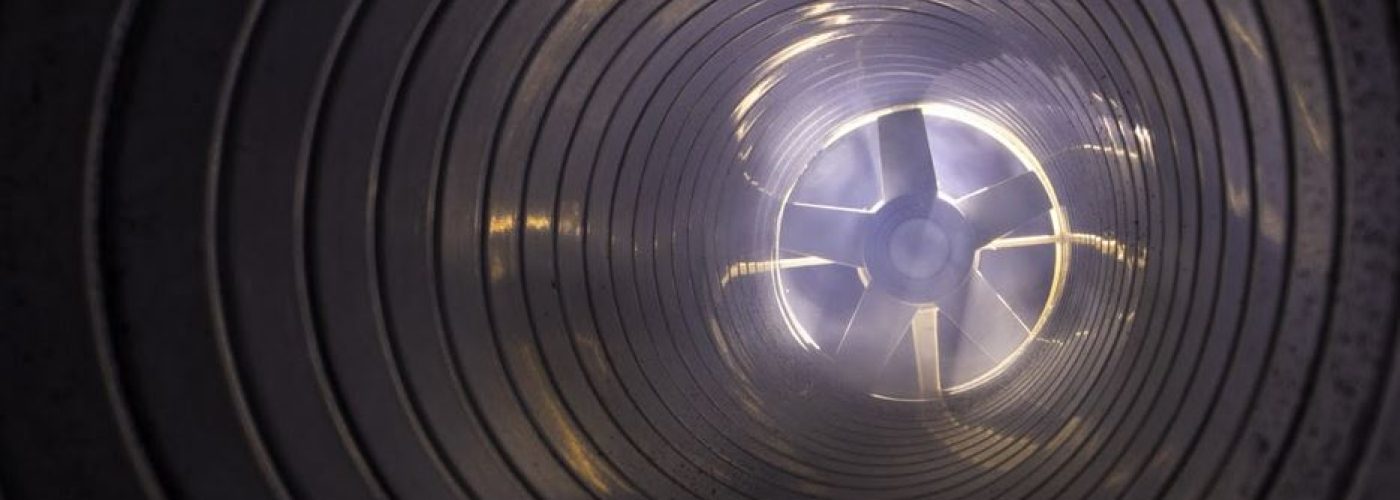When news that confirmed COVID-19 being airborne broke out, everyone understandably got more cautious. By that time, it’d been almost a year since initial evidence suggested that the virus could spread within one meter of an infected person. More people have either fallen ill or succumbed to the disease over that timeframe.
As the United States and most parts of the world slowly regain some normalcy, various industries aren’t leaving anything to chance. Offices and stores will be reopening, and adequate ventilation—reorienting vents, installing high-efficiency filtration systems—and adopting new workplace safety protocols can’t be stressed enough. In other words, the new status quo demands rethinking the way air flows within a building.
While such changes are no substitute for health protocols (i.e., physical distancing, wearing face masks, etc.), an efficient ventilation system can contribute to a safer workplace. With that said, in this post, you’ll get to know some ways offices and stores can safeguard the well-being of their customers and employees.
Displacement ventilation
Proper building ventilation warrants deriving more air from outdoors. While the downside is an increase in energy consumption, this system will expel airborne pathogens and other particulates more often. You might have to shell out few extra dollars in utility costs, but that’s a small price to pay for keeping everyone safe. (1)
If a higher energy bill is out of the question, consider refitting the facility with a displacement ventilation (DV) system. First implemented in Northern Europe, DV relies on fluid dynamics—namely, how cold and warm air move. (2)
Cold air enters the room through vents placed close to the floor, where it gets heated and rises to the ceiling. The warm air then exits the building through vents in the ceiling. Unlike traditional ventilation systems, DV only requires less velocity in taking outdoor air in, meaning the fans can run more slowly and for a more extended period. (2)
However, DV works best under the following conditions:
- Contaminants are light enough to move with the rising warm air
- Incoming outdoor air is much cooler than the air inside the room
- Minimal disturbance to the room’s airflow
- The minimum advisable ceiling height is nine feet
- Noise should be as low as possible (2)
Layered approach
Since COVID-19 made landfall in the United States, the Centers for Disease Control and Prevention (CDC) have introduced guidelines in minimizing its spread. While most of these are related to personal hygiene, there are also guidelines on proper ventilation.
The CDC COVID ventilation requirements include taking a layered approach to reduce the risk of spreading the virus. Aside from increasing outdoor air intake, the requirements justify adding new exhaust fans, repositioning existing exhaust fans closer to windows, and installing air filters in high-risk areas.
Improving ventilation is just one layer in this multifaceted method. The office management also plays a role, keeping a skeletal force as much as possible, rearranging office cubicles and rooms, and regularly disinfecting surfaces. The more safety protocols offices and stores introduce, the lower the risk of COVID-19. (3)
Filtration and ionization
Just as in overall COVID-19 risk reduction, the ventilation system should also have multiple layers. Every part, from intaking and removing air, must be active in ensuring everyone in the office or store breathes safe air. At the heart of this system is the air filter.
Commercial spaces should employ high-efficiency particulate air (HEPA) filtration systems designed to capture particles as small as 0.01 microns. The COVID-19 virus is estimated to be around 0.125 microns (contrary to popular belief that it’s 0.3 microns small)—well within a HEPA filter’s capture range. (4)
Augmenting the filtration system with standalone air cleaners can add an extra protective layer. However, be aware that some portable air cleaners in the market generate ozone, which can be harmful at high levels. The jury is still out on the effectiveness of bipolar ionization against harmful pathogens and particulates, but it’s better not to rely on them too much. (5)
Regular maintenance
No amount of advanced ventilation technology will reduce a commercial space’s risk of COVID-19 if it doesn’t work as intended. Ventilation systems should undergo systematic maintenance every three to five years to clear out the buildup of particulates in the ducts. Even as ducts, filters, and fans grow more reliable, maintenance shouldn’t still be taken lightly.
Conclusion
It’s unlikely COVID-19 will go away anytime soon, especially with its more contagious variants still running rampant. While waiting for more people to be immunized from the disease, preparing safe spaces for customers and employees should be a priority for reopening offices and stores. Updating or overhauling ventilation systems will go a long way in doing so.
References
- “Is the Air in Your Office Fit to Breathe?” https://www.bloomberg.com/opinion/articles/2021-07-13/covid-stresses-need-to-regulate-and-improve-office-ventilation
- “When, where to use displacement ventilation”, https://www.csemag.com/articles/when-where-to-use-displacement-ventilation/
- “Implementing a Layered Approach to Address COVID-19 in Public Indoor Spaces”, https://www.epa.gov/coronavirus/implementing-layered-approach-address-covid-19-public-indoor-spaces
- “Can HEPA Air Purifiers Capture the Coronavirus?” https://www.nytimes.com/wirecutter/blog/can-hepa-air-purifiers-capture-coronavirus/
- “Air Cleaners, HVAC Filters, and Coronavirus (COVID-19)”, https://www.epa.gov/coronavirus/air-cleaners-hvac-filters-and-coronavirus-covid-19








